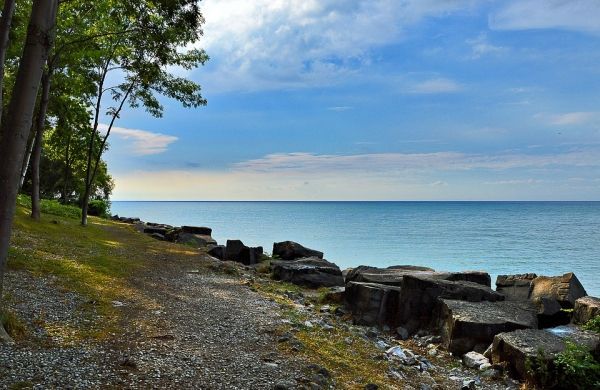In a summer characterized by toxic algae blooms and high levels of E. coli at Hamilton beaches, a McMaster engineering professor is a co-editor of a hopeful report that shows the economic and community benefits of addressing water pollution around the Great Lakes.
The report, Great Lakes Revival, documents case studies of communities in the United States and Canada that had been identified as Areas of Concern by the Great Lakes Water Quality Board of the International Joint Commission in 1985. Out of 43 AOCs, the report highlights the successes of 10, including four in Canada: Collingwood Harbour, Hamilton Harbour’s Randle Reef, Severn Sound and Toronto Harbour.
Gail Krantzberg, a professor in the W Booth School of Engineering Technology, contributed the case study looking at her work with the city of Collingwood, on Georgian Bay, and its 10-year transformation from a century-old shipbuilding centre to a key destination for both tourism and housing.
When Collingwood was identified as an AOC in 1985, high levels of phosphorus from the local sewage plant was turning the town’s harbour into a “cesspool of green stuff” each summer, explains Krantzberg. Combine those seasonal algae blooms with invasive purple loosestrife in the surrounding wetlands, flood control methods that had destroyed fish habitats, and an industrial brownfield, and Collingwood’s harbour was an opportunity for economic development waiting to happen.
Read more at McMaster University
Photo Credit: Roselie via Pixabay


